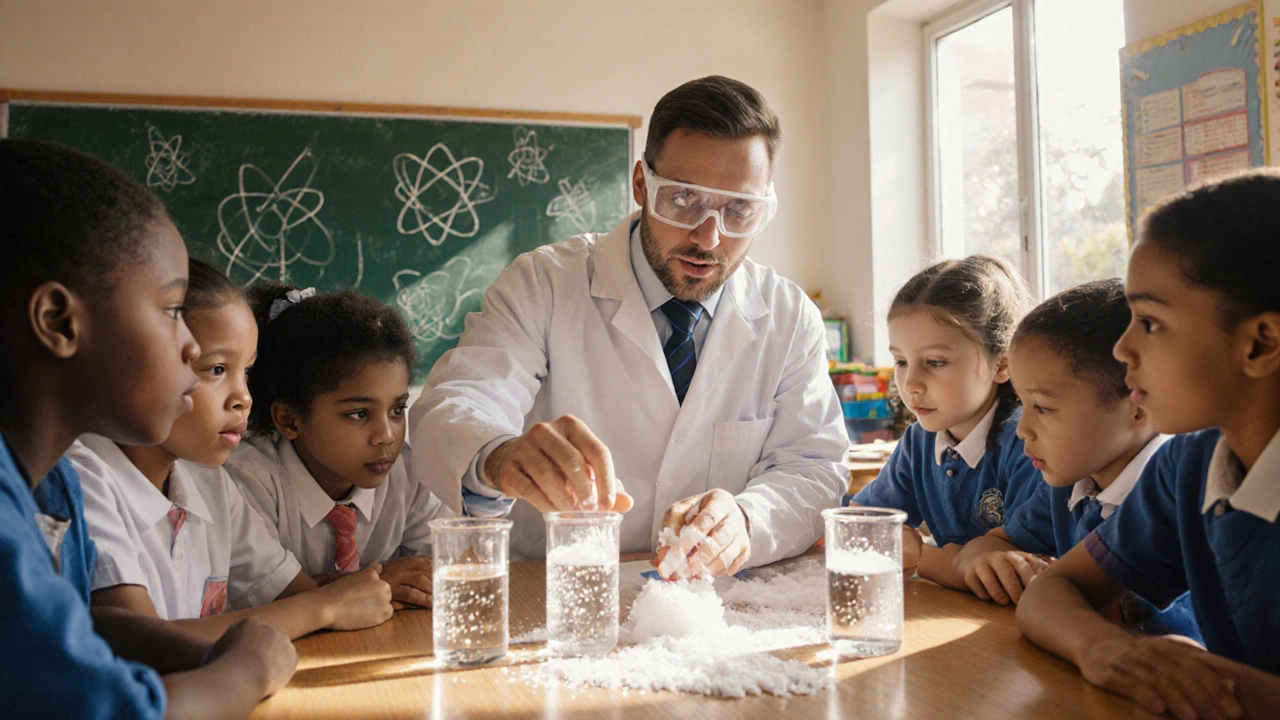Science Communication: How Researchers Connect with the Public
When science communication, the practice of sharing scientific knowledge with non-experts through clear, engaging methods. Also known as public engagement in science, it's not just about explaining complex ideas—it's about building trust, changing behavior, and making research matter to everyday lives. In India, where new solar farms, biotech vaccines, and AI-driven health tools are emerging fast, science communication isn’t optional. It’s the missing link between discovery and impact.
Good science communication doesn’t mean dumbing things down. It means listening first. Take public health programs, planned efforts to prevent disease and improve community well-being. Also known as health initiatives, they only work when people understand why they matter. The polio eradication campaign in India didn’t succeed because of vaccines alone—it succeeded because community workers talked to families, answered fears, and used local languages. Similarly, data scientists, professionals who turn numbers into real-world decisions. Also known as data storytellers, they spend more time talking to nurses and warehouse managers than coding. Their best insights come from asking, "What problem are you really trying to solve?" Not from running algorithms in isolation.
Science communication isn’t just for labs or hospitals. It’s happening in rural villages where farmers learn about soil health from mobile videos, in classrooms where students build simple robots, and in government offices where policy makers need to understand the real cost of clean energy. technology transfer, the process of moving research from labs to real-world use. Also known as knowledge transfer, it fails when scientists don’t explain how their invention helps someone’s daily life. A solar panel doesn’t change lives unless someone knows how to fix it when it breaks. A gene-editing therapy doesn’t reach patients unless doctors and patients both trust the science behind it.
You’ll find real examples here—not theory, not hype. Posts show how researchers in India are using storytelling to explain CRISPR to school kids, how clean energy advocates are working with local leaders to cut through misinformation, and how data teams are training hospital staff to use AI tools without fear. These aren’t academic exercises. They’re life-saving conversations happening in Hindi, Tamil, Bengali, and English. If you’ve ever wondered why good science doesn’t always reach the people who need it, the answers are in these stories. What you’ll read next isn’t just about talking—it’s about listening, adapting, and making science part of the community.




